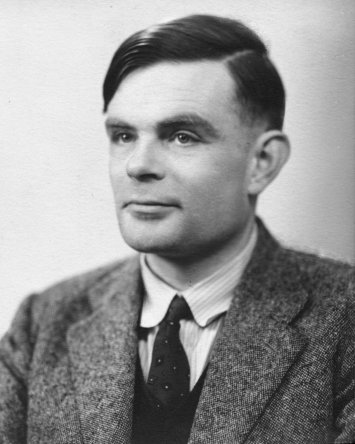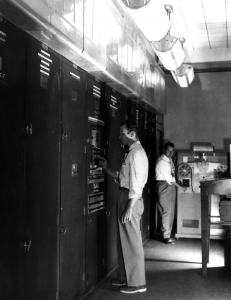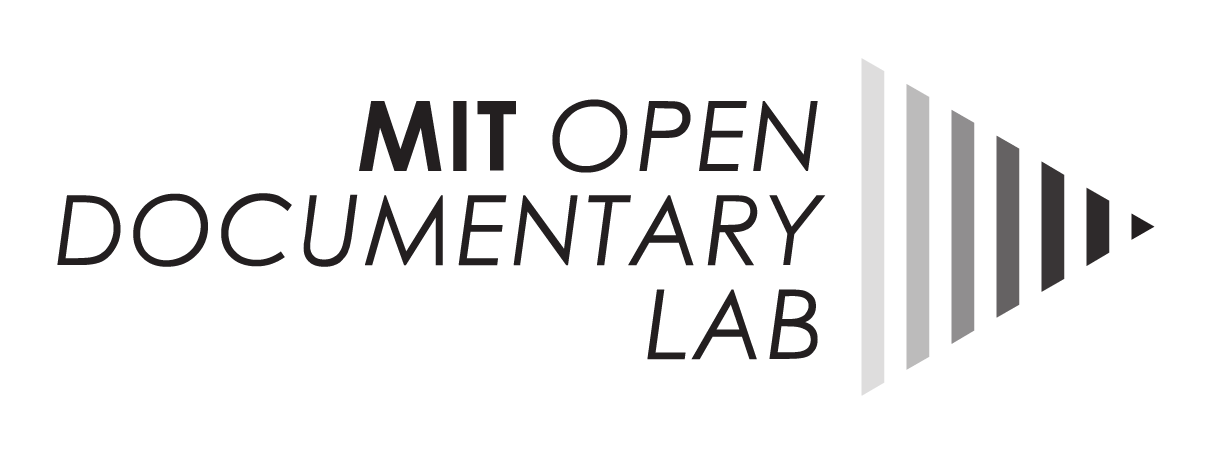
16 Oct Moments of convergence and innovation between documentary film and interactive media, Part 5
Moments of convergence and innovation between documentary film and interactive media: Decade 1950-1960
by Arnau Gifreu Castells
To formulate a relevant concept for the interactive documentary field we need to explore some aspects of the two key areas: the documentary genre and the interactive medium. This new series presents a combined, parallel, and comparative historical chronology of these areas up to the present moment of confluence. The two stories we are following here begin, to a certain extent, in the 17th century. It should be noted, however, that a number of theorists, scientists, inventors, and entrepreneurs had already developed a handful of theories and experiments that led up to what happened a few centuries later. We will focus our analysis on the 17th to the 19th century and place special emphasis on the 20th and early 21st century. In this post we will discuss some points of convergence and innovation which occurred in the 20th century.
Taking the road to the creation of the interactive digital medium, the 1950s continue to be a period of great activity concerning the theories and projects of a large number of leaders in this area, which also converge with different areas. The beginning and the end of the 1950s and early 1960s are key dates in the two fields described. The start of McCarthyism and the witch hunt largely determined the character of the Hollywood films and documentary, without forgetting that the human population was suffering the direct consequences of World War II. The television series, on the other hand, became established as a genre with its own productions and was therefore seen as a possible alternative to the film theaters.
The publication of Computing Machinery and Intelligence by Alan Turing and the construction of the EDVAC (Von Newmann, 1952) were the main contributions of the mid-century in the field of computers and electronics.

Figure 1. Alan Turing
Source: Wikipedia:
http://upload.wikimedia.org/wikipedia/en/c/c8/Alan_Turing_photo.jpg
At the end of that time, the films that dominated were those criticizing the ones responsible for war crimes, demanding justice. Films and television series like Twentieth Century and black film genres were the dominant trend for a long time. The term Free Cinema (1956) also appeared in England and Robert Drew created Time Inc., a company that produced works that had a great impact on the observational method. It was a time of great audiovisual and technical improvements, in the late 1950s for creating a new type of approach to documentary cinema, and the observation or direct cinema of the 1960s, which then became cinema verite. Primary (Robert Drew and Richard Leacock, 1960) and other films of the late 1960s show the potentiality of the method of observation or no intervention by the director. All these technical improvements converge on both sides because in electronics the first integrated circuit or chip was constructed and the first programming languages were developed, such as COBOL and FORTRAN.

Figure 2. EDVAC
Source: Wikipedia:
http://upload.wikimedia.org/wikipedia/commons/4/4e/EDVAC.png
Arnau Gifreu Castells (PhD)
Research Affiliate, MIT Open Documentary Lab
agifreu@mit.edu
References
Drew, R.; Leacock, R. (dir.), Primary, 60min, 1960.
Gifreu, A. (2012), The interactive documentary as a new audiovisual genre. Study of the emergence of the new genre, approach to its definition and taxonomy proposal and a model of analysis for the purposes of evaluation, design and production. [Doctoral Thesis]. Barcelona: Universitat Pompeu Fabra. Communication Department.
Gifreu, A. (2013), Pioneros de la tecnología digital. Ideas visionarias del mundo tecnológico actual. Barcelona: Tic Cero. Editorial UOC.
Jones, S. (2003), Encyclopedia Of New Media: An Essential Reference to Communication and Technology, New York: The Moschovitis Group.
Lee, J.A.N. (1995), Computer Pioneers. Los Alamitos, California: IEEE Computer Science Press.
Norman, J. M. (2005), From Gutenberg to the Internet: a Sourcebook on the History of Information Technology.Vol. 2, Novato California: History of Science.
Further readings
Research Forum | Arnau Gifreu Castells on Documentaries and Digital Media, Part 1
Research Forum | Arnau Gifreu Castells on Documentaries and Digital Media, Part 2
Research Forum | Arnau Gifreu Castells on Documentaries and Digital Media, Part 3
Research Forum | Arnau Gifreu Castells on Documentaries and Digital Media, Part 4
Research Forum | Arnau Gifreu Castells on Documentaries and Digital Media, Part 5
Interactivity technologies, key factor for the interactive documentary (i-docs)
The evolution of the Internet, key factor for the interactive documentary (i-docs)
The evolution of the Internet, key factor for the interactive documentary (II) (i-docs)
The interactive documentary during the evolution of the Internet: giving examples of the different phases. Assumptions about the technological future. (i-docs)



